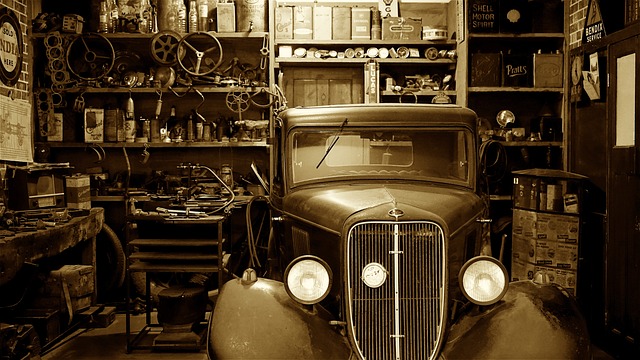What Buyers Should Know About Auction Listings
Auction listings for salvaged vehicles offer access to parts, project cars, and recyclable material, but they condense a lot of important information into brief notes and photos. A quick glance can miss title branding, hidden damage, or pickup restrictions. This teaser highlights the need to review listings carefully and verify details before bidding.

Auction listings for salvage vehicles demand careful review. Buyers should read condition reports, title branding, and full photo sets to decide whether a lot is suitable for parts, recycling, or restoration. Clear documentation and an understanding of local regulations help reduce the risk of unexpected costs, registration hurdles, or unusable purchases. Treat listings as starting points for research rather than complete descriptions.
How are auctions and wrecks described?
Auction platforms often use short codes and standardized terms to indicate a vehicle’s status, such as salvage, total loss, or flood damage. Descriptions may also note whether the car is drivable or requires towing. Photographs typically focus on visible damage but can omit mechanical or undercarriage issues. Learning common auction terminology and asking for additional photos or condition reports can clarify whether a listed wreck fits your intended use.
How is valuation shown in listings?
Listings may display opening bids, reserve status, or estimated retail ranges, but they rarely provide a full valuation. To estimate worth, compare recent auction results for similar models, check part resale values, and factor in labor for dismantling or repairs. Include costs like towing, storage fees, and title transfer when calculating a maximum bid. Conservative valuation based on verifiable parts and likely repair needs helps avoid overpaying.
What does insurance and recovery mean?
Most salvage vehicles reach auction after insurance claims. Listings can indicate whether an insurer retained rights or whether a title is branded. Title branding affects registration, insurance options, and resale value. Recovery processes—how the vehicle was towed from an incident or recovered from floodwater—can influence the condition of hidden systems. Confirm the vehicle’s history and local requirements for rebuilt titles if you plan to restore and insure the vehicle.
How to handle towing, dismantling, and parts?
Plan logistics before bidding: auctions vary in pickup windows, approved tow providers, and yard policies. Confirm whether a vehicle is drivable or needs towing, and budget for transport. If purchasing for parts, verify presence and condition of key components such as the engine, transmission, electronics, and body panels. Factor in the time, tools, and workspace needed for safe dismantling and the potential need for trained help to recover complex parts.
How are recycling, scrap, and reuse managed?
Some auctioned cars are best directed to recycling or scrap if parts are missing or damage is extensive. Listings may note intended disposition or acceptable buyers. For salvageable parts, prioritize lots with intact systems and clear documentation. Ensure proper handling of hazardous materials and fluids during dismantling to meet environmental rules. Reusing components can reduce costs compared with new parts, but always verify compatibility and safety before installation.
What factors affect restoration potential?
Restoration suitability depends on structural integrity, corrosion, parts availability, and the severity of prior damage. Listings that disclose frame or suspension damage help identify candidates for rebuilds. Research aftermarket support and salvage part availability for the specific model; scarce parts can make restoration costly or lengthy. Consider the impact of a salvage or rebuilt title on future resale, insurance, and registration when evaluating long-term viability.
Conclusion Careful review of auction listings, awareness of title and insurance implications, and realistic valuation that includes towing and dismantling costs help buyers make informed decisions. Whether seeking parts, pursuing a restoration, or arranging recycling, use listings as a starting point for verification and planning to align lot selection with practical goals.






